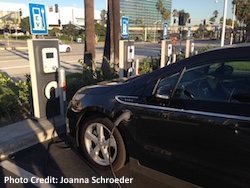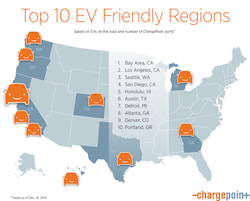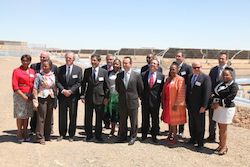The U.S. Department of Energy (DOE) has awarded Southwest Research Institute (SwRI) $4.9 million as part of a $9.9 million continuation contract to manufacture and test a high-efficiency supercritical CO2 (sCO2) hot gas turbo-expander and compact heat exchangers for concentrating solar power (CSP) plants. Dr. Klaus Brun, program director of the Machinery Program in SwRI’s Mechanical Engineering Division says this project is one of eight DOE-funded sCO2 power cycle projects currently in progress.
 The award was given through DOE’s SunShot Initiative and continues a previous DOE project to design the sCO2 expander. SwRI will lead a team of industry collaborators that includes Aramco Services Company, Bechtel Marine Propulsion Corporation, Electric Power Research Institute (EPRI), General Electric, and Thar Energy.
The award was given through DOE’s SunShot Initiative and continues a previous DOE project to design the sCO2 expander. SwRI will lead a team of industry collaborators that includes Aramco Services Company, Bechtel Marine Propulsion Corporation, Electric Power Research Institute (EPRI), General Electric, and Thar Energy.
According to SwRI the highly cyclical nature of CSP plant operation requires an sCO2 hot gas turbo-expander to operate at high temperatures and pressures over a wide range of load conditions while maintaining high efficiency, handling rapid transient heat input swings, and offering very fast start-up to optimize the plant’s online availability. Similar sCO2 expanders also have the potential to significantly improve the efficiency of waste heat recovery, nuclear and fossil-fueled power plants.
“Over the last two years, SwRI and its industry collaborators have developed a highly efficient, multi-stage axial flow sCO2 hot gas turbo-expander that advances the state of the art from laboratory size to a full mega-watt scale prototype,” says Dr. Jeff Moore, manager of the Rotating Machinery Dynamics Section in SwRI’s Mechanical Engineering Division, and principal investigator of the project.
A second objective of the project, according to SwRI, is to optimize novel compact heat exchangers for sCO2 applications to drastically reduce manufacturing costs. The scalable sCO2 expander design and improved heat exchanger will close two critical technology gaps and potentially provide a major pathway to achieve power at $0.06 per kilowatt hour, increasing energy conversion efficiency to more than 50 percent, and potentially reducing total power block cost to below $1,200 per kilowatt installed. Conventional steam-based CSP systems typically operate at less than 35 percent efficiency. These efficiencies also will allow solar plants to be competitive with conventional fossil-fueled power plants.









